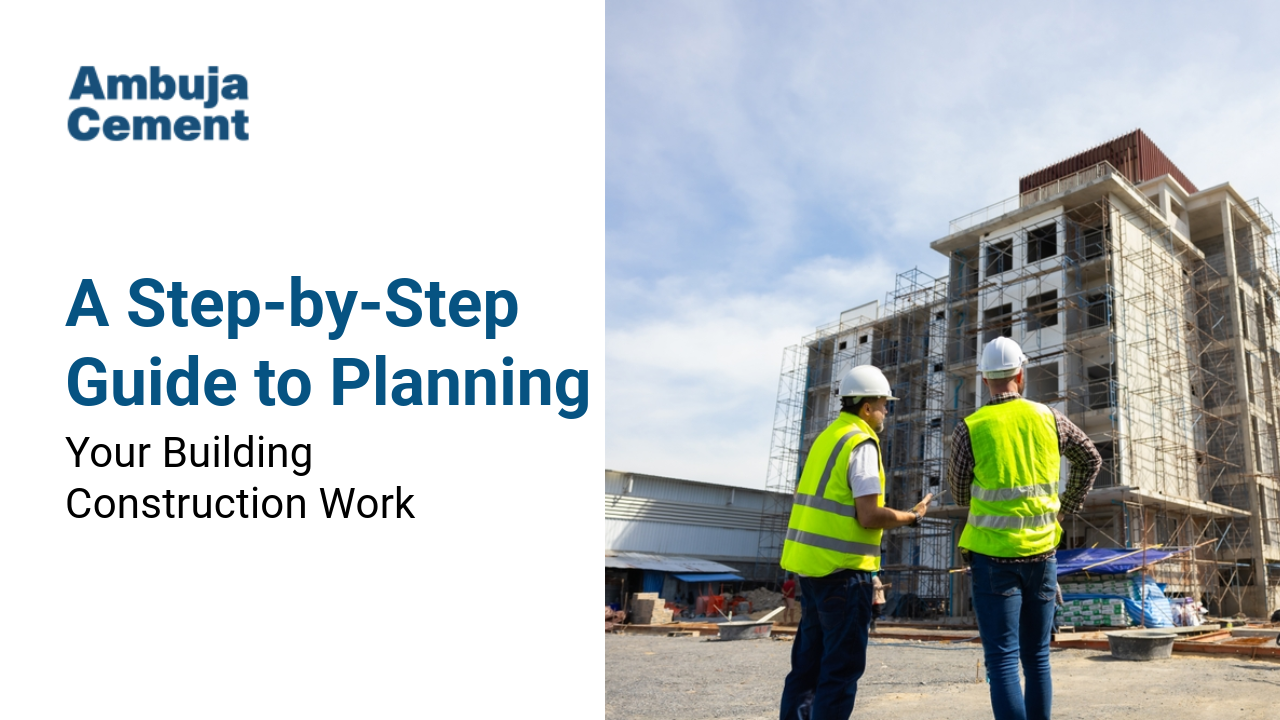Red Bricks or Cement Blocks: Which Building Material Is Best for You?

Table of Content
When it comes to starting any construction project, one of the biggest decisions you’ll face is choosing between red bricks and cement blocks. Both are time-tested materials with unique benefits, but which one really suits your needs best? That’s exactly what we’ll break down in this post, helping you make the most informed and cost-effective choice.
Let’s get into it!
What Are Cement Blocks?
You’ve probably seen them around—they're big, grey, and solid. Cement blocks, also known as concrete blocks or concrete masonry units, are made from a mixture of cement, sand, aggregate, and water. They come in a variety of sizes, most commonly 4-inch, 6-inch, and 8-inch blocks. These are stacked and joined using mortar to form strong and durable walls.
Cement blocks are gaining popularity fast, thanks to their strength and versatility. And with the right concrete testing, you can be sure you're working with materials that meet all the required standards for your project.
What About Red Bricks?
Red bricks are the classic choice. Think of any old structure or even your grandparents’ home—it was probably built with them. Traditionally made from clay and baked at high temperatures, red bricks are rectangular in shape and laid in courses using mortar.
They’re known for their earthy appearance and long history, but modern construction demands sometimes require something stronger and quicker to work with. That’s where the comparison gets interesting.
Key Differences Between Cement Blocks and Red Bricks
1. Strength and Durability
Cement blocks have a clear advantage when it comes to compressive strength. They’re designed to withstand seismic loads and harsh weather conditions. With proper concrete testing, you can rest assured that the blocks meet performance standards for both residential and commercial projects.
On the other hand, red bricks are durable in their own right but tend to weaken over time, especially when exposed to moisture or heavy loads.
2. Cost and Efficiency
Time is money in construction, and cement blocks help you save on both. Since they are larger than red bricks, fewer are needed to cover the same area. This not only cuts down on materials but also reduces labour time significantly.
Red bricks, being smaller and manually intensive to produce, take longer to lay and generally cost more in both time and labour.
3. Speed of Construction
Need your project done on a deadline? Cement blocks are your best friend. Builders can cover more wall space quickly due to their size and uniformity.
Klinn Bricks, while classic, take much longer to install. The smaller size means more individual bricks per square metre and slower progress overall.
Insulation, Soundproofing & Fire Resistance
Here’s where cement blocks really shine:
- Thermal insulation: Thanks to their density and hollow-core design, cement blocks offer better thermal resistance, helping regulate indoor temperatures and cut down on your energy bills.
- Soundproofing: If you're building in a noisy urban environment, cement blocks naturally block sound better than red bricks.
- Fire resistance: Cement blocks are non-combustible and offer higher fire resistance, adding an extra layer of safety.
Red bricks, while offering some insulation, generally don’t perform as well in these categories. They’re dense but not as effective at keeping out heat or sound.
Design and Versatility
Modern architecture celebrates creativity, and cement blocks offer a wider range of design options. They can be molded into various shapes, sizes, and even colours. Whether you're going for an industrial look or a smooth, painted finish, cement blocks offer flexibility.
Red bricks still carry that timeless charm and rustic vibe, but come with limitations in colour and size. So, if you're looking to stand out with custom features, cement blocks give you more freedom to innovate.
Sustainability and Maintenance
Cement blocks are increasingly manufactured with eco-friendliness in mind. Many are made using locally sourced and recycled materials, which reduces the carbon footprint. Their longevity also means less need for replacements and repairs over time.
Meanwhile, the production of red bricks often involves the depletion of fertile topsoil and releases more carbon during the baking process. Plus, red bricks are more prone to moisture absorption, leading to mold or pest issues if not well-maintained.
In terms of maintenance, cement blocks win again—they’re resistant to pests, rot, and water damage, which helps lower long-term upkeep costs.
So, Which Is Best for You?
It all comes down to your priorities:
- Want a faster, stronger, and more cost-efficient build? Cement blocks are the way to go.
- Looking for a traditional, warm design and don’t mind the higher labour and maintenance costs? Red bricks might still be a good fit.
If you're still unsure, consider speaking to a local architect or contractor who can provide project-specific recommendations. And always ensure your materials go through thorough proper construction testing for safety and quality assurance.
Final Thoughts
Choosing between red bricks and cement blocks is a crucial decision, and there’s no one-size-fits-all answer. But by weighing the factors—strength, cost, design flexibility, insulation, and sustainability—you can confidently select the material that matches your vision and budget.
So, whether you're building a cozy cottage or a high-rise office space, make sure your foundation is not just strong—but smart.

